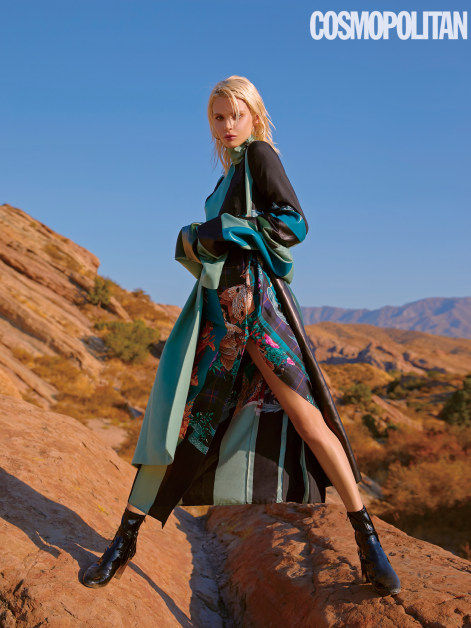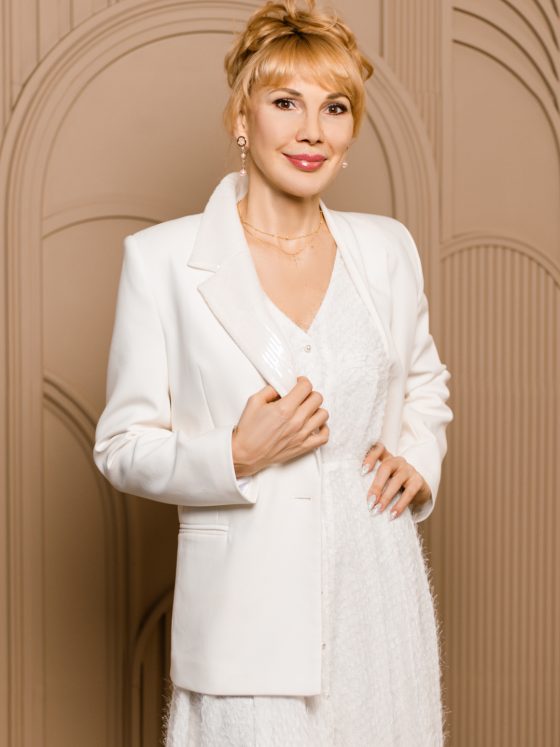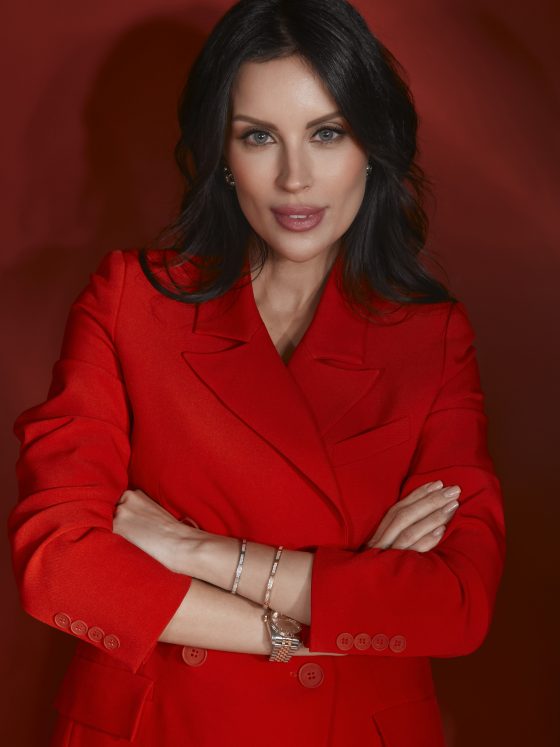The story of Katerina (Trofimova) Sparkish is an example of how runway discipline and the freedom of personal expression can coexist within one career. Having started her path in Milan, London, and Barcelona, she quickly reached the international stage — from Rimmel London campaigns in New York to shoots for Kylie Cosmetics, Makeup by Mario, Armani Beauty, and NARS.
Today, Katerina lives and works in New York, appears in Vogue, ELLE, Glamour, Dazed, and her face can be seen on Times Square billboards. Her blog is a recognizable synthesis of fashion, culture, psychology, and intellectual irony. We spoke with Katerina about professional milestones, influence, responsibility, and how a personal voice becomes a form of art.
Your journey is impressive in scale. Which projects became turning points for you?
— I’ve been in the industry for more than thirteen years. I began in Europe — Milan, London, Barcelona — shooting for Zara, Diesel, Bershka, Urban Outfitters. That was a real school: speed, discipline, and the ability to work across formats.
A major turning point was the Rimmel London campaign in New York — that’s when the American chapter of my career began. Today I collaborate with Kylie Cosmetics, Too Faced, MAC, NARS, Armani Beauty, Revlon, Makeup by Mario, Patrick Ta. Beauty shoots became the foundation of my international portfolio and the key to recognition.
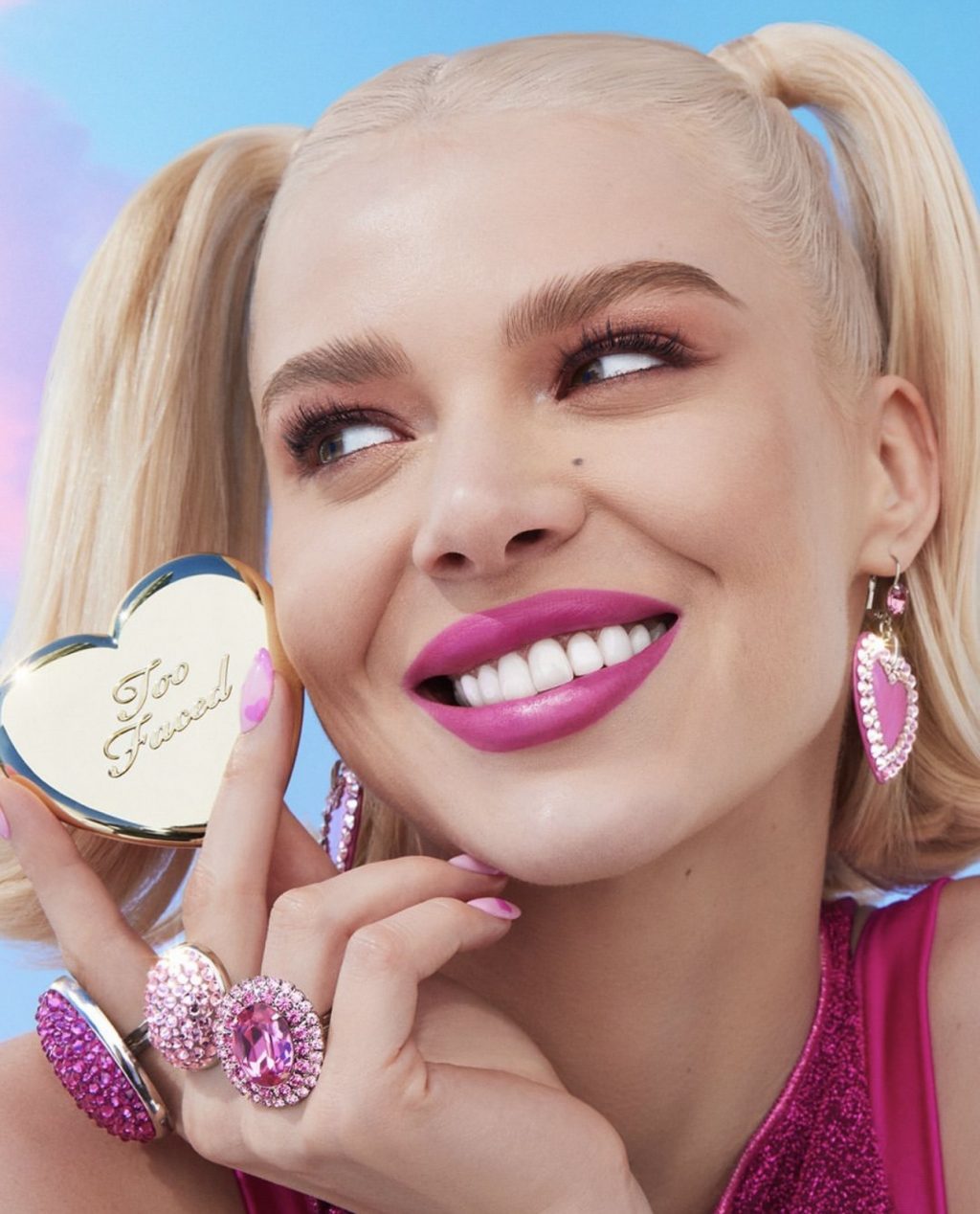
When did you feel you had become not just a model, but a personality whose voice influences the industry?
— When names like Mario Dedivanovic, Carolina Gonzalez, Bobbi Brown, Priscilla Ono join your team — you realize you’re at the center of the professional field. Publications in Vogue, Dazed, ELLE, Glamour, Cosmopolitan are also markers of recognition.
And of course, Times Square billboards — that was symbolic for me. I often say it’s the New York exam. And I think I passed.
Many collaborations go beyond advertising. Which projects do you consider culturally significant?
— Campaigns for Kylie Cosmetics and Makeup by Mario are not just visual content — they contribute to forming an aesthetic that influences the industry.
I would especially highlight working with designer Jackson Wiederhoeft, a CFDA Awards nominee. His fashion is couture as theater — an author’s universe. Being part of his shows and shoots means entering fashion history, not just appearing in a frame.
Your visual language is recognizable. How did you develop it?
— It’s important to me that an image conveys atmosphere, a story, a state. Over time, I developed my own language: a blend of fashion, philosophy, psychology, and irony.
On my blog I discuss what genuinely interests me — from culture and thinking to finance. This mix unexpectedly resonated: the audience perceives not only the image, but the thought behind it.

Your online audience is impressive. How do you work with influence?
— On Instagram (Meta, designated extremist in Russia), I combine fashion, beauty, and personal reflections — from philosophy to self-development. In recent months my audience has grown by more than 150,000 people, and several videos reached over five million views.
But for me, it’s not about numbers — it’s about trust. People care not only how I look, but how I think. That creates responsibility — for the tone, the message, the cultural code you communicate.

Can we say that you stand at the intersection of two worlds — fashion and intellectual content?
— Yes, that’s exactly what defines me. On one hand, I’m a model with experience in agencies like Next, Elite, Wilhelmina, Storm. On the other — an author creating content with ideas and irony.
It’s important to me that the viewer not only looks, but thinks. My videos and posts resonate with an audience seeking meaning in visual culture. That’s my contribution — showing that fashion can be intellectual.
Recognition in media is a key criterion of success. What moment felt the most significant for you?
— Vogue is unquestionably the peak of professional recognition. It’s the moment you understand: you are seen and valued globally.
And then came a contrast — a Guess shoot and a Daily Mail article comparing me to Pamela Anderson. And I like that contrast: Vogue represents status and depth; Guess and Daily Mail represent pop culture. Together they create volume in my career.
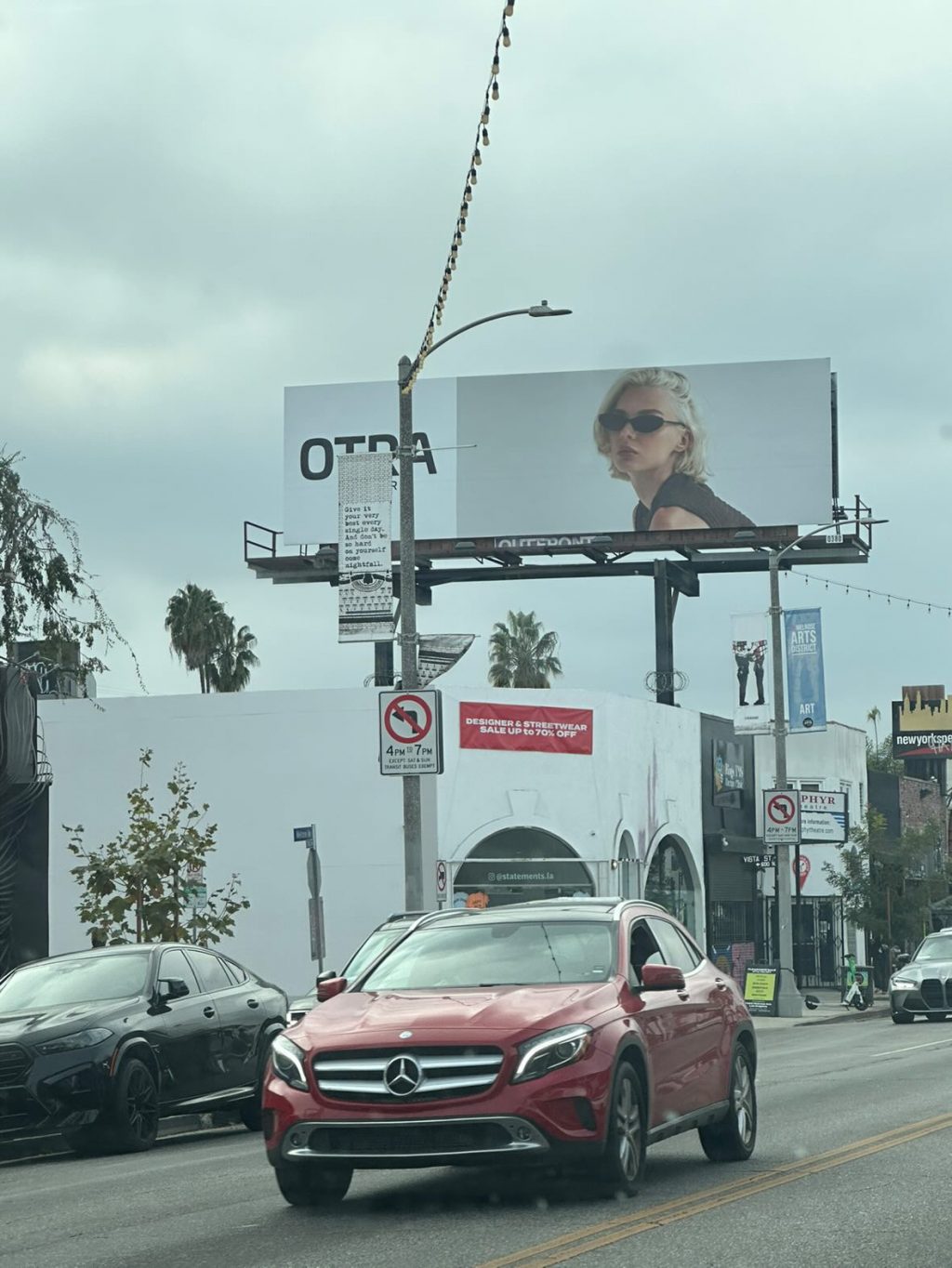
What goals are you pursuing today?
— I have two directions. First — continuing my modeling career and meeting in the frame with those I genuinely admire. Second — developing author-driven content.
I see that the audience wants not just visuals, but meaning. A 21st-century model is no longer only a face. She is someone who shapes context, values, and the mood of the time.
When did you realize your content had become part of a cultural conversation?
— It happened naturally. I started writing — and realized that not only followers were paying attention, but also people from various fields: actors, directors, musicians, journalists.
It inspires me when someone reads a philosopher I mentioned or reconsiders their relationship with fashion. That means the work is not only visible — it transforms thinking.
How does your approach to content differ from most fashion influencers?
— I combine fashion, philosophy, psychology, history, and economics — but deliver it lightly and with self-irony. The result is a format where visual culture and thought coexist equally.
Some videos went viral precisely because they were not just about a trend, but an intellectual commentary on it. That’s what makes the content distinctive and recognizable.
What does growth mean to you — in your profession and in life?
— Growth is movement. I learn from the best — makeup artists, photographers, designers. And I share my experience with young models, because I remember how important support is at the beginning.
The blog taught me scripting, editing, producing — now I see myself not only in front of the camera but behind it. The fashion world is changing, and I want to be part of its intellectual side.

